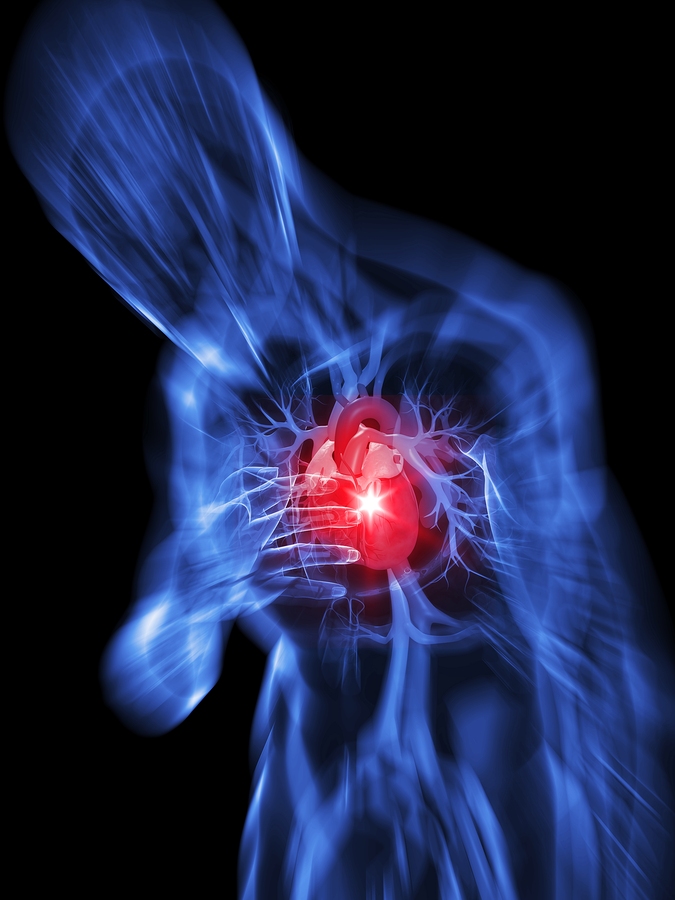By Shambhavi Sinha , Truth Inside Of You
Cardiovascular diseases or illness was once considered a seniority infirmity. However, in current times it has turned into a typical way of lifestyle concern. Statistics show that the rate of heart diseases in South East Asia is double than it is in Western continents.
While an individual’s heredity demeanor and family history stay as the most widely recognized, larger part of heart sickness may be brought on because of controllable components like circulatory strain, diabetes, smoking ,leading a stationery life, undesirable eating regimen and weight issues. In today’s situation, our way of life rises as the greatest danger component and this brings the center to the topic for World Heart Day 2014 – “to create a heart healthy environment by ensuring that people are able to make heart healthy choices wherever they live, work and play.”
Cardiovascular diseases have many forms. Stroke or heart attack is number one. In most cases, a heart attack occurs when blood gets clotted in one of the blood vessels responsible for supplying blood to the heart.
For long, heart infirmities have been viewed as a man’s ailment. This likely comes from past studies, which express that the presence of a hormone called estrogen in women characteristically secures them. It is known to keep veins adaptable. The decline of estrogen in post- menopausal women makes them vulnerable.

WHAT CAN YOU DO WHEN HEART ATTACK OCCURS?
- The first thing is to call for medical help. Self administered treatments can worsen the situation.
- Make the person lie down flat on the surface. Allow them to take deep breaths.
- According to a study, the pulse should be checked not on the wrist but on any one side of the neck.
- Try giving the person oxygen, if he/she is breathless.
- Raise both the legs of the patient to increase blood flow to the heart.
- If the person is unconscious, perform cardiopulmonary resuscitation (CPR).
It is important to note that most lifesaving medications that help in recovering from a heart attack work best when given within one or two hours of experiencing the first symptoms, when the cardiac damage is limited. Therefore, in such situations time is most crucial. Recognizing the early symptoms and immediate medical attention can save many lives.
By Shambhavi Sinha , Truth Inside Of You









